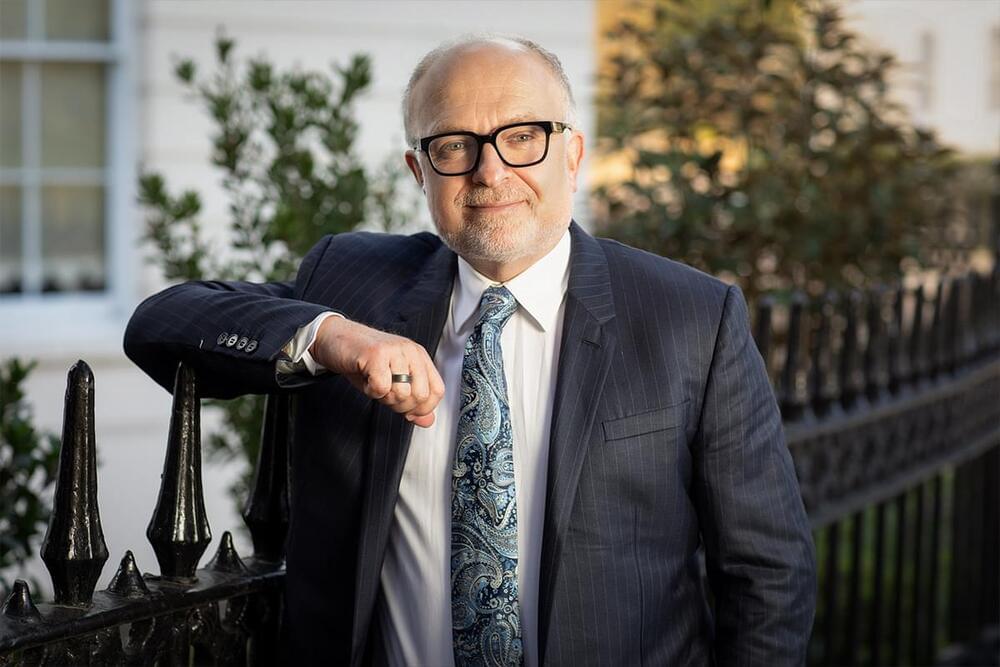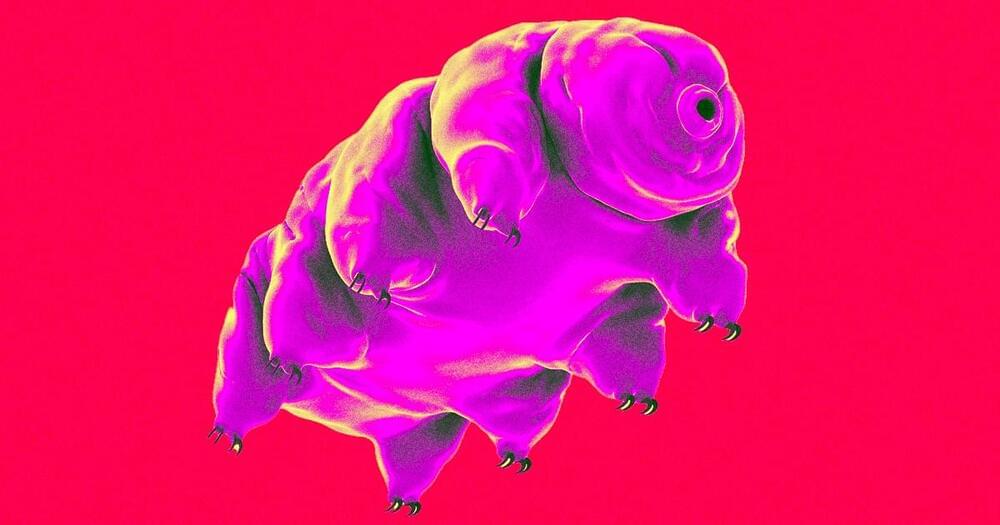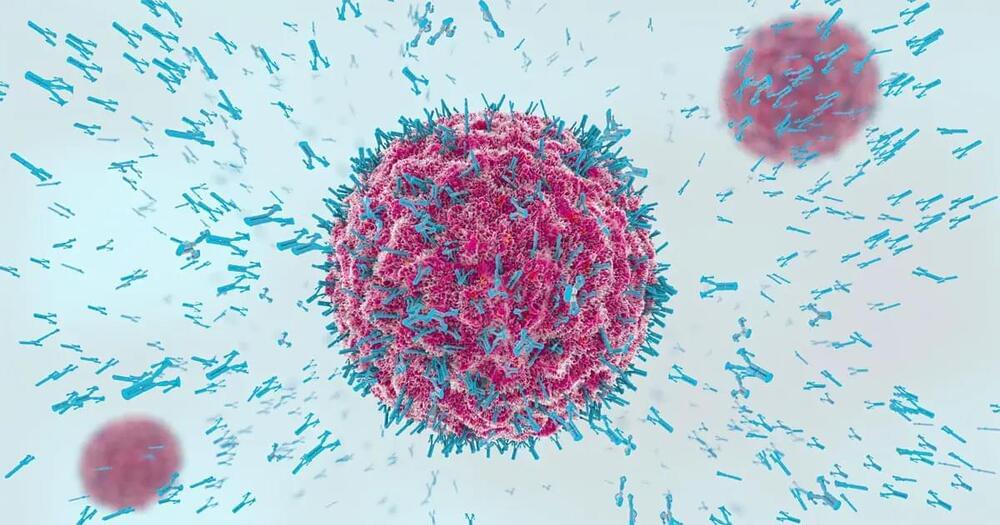Andrew Scott on why humanity must pursue an ‘evergreen’ agenda to become a longevity society, rather than an aging one.



Recent research published in Nature Communications from the Nuffield Department of Clinical Neurosciences at the University of Oxford has identified 15 modifiable risk factors for dementia, and of those diabetes, alcohol intake, and traffic-related air pollution are the most harmful.
Previous research from this group revealed an area of weakness in the brain of a specific network of higher-order regions that only develop later in adolescence but also display earlier degeneration in old age, and they showed that this brain network is particularly vulnerable to Alzheimer’s disease and schizophrenia. This study investigated genetic and modifiable influences on these regions by utilizing data from the UK Biobank.
This study examined 161 risk factors for dementia by analyzing brain scans of 40,000 people over the age of 45 years old. The modifiable risk factors were ranked by their impact on the vulnerable brain network over and above the natural effects of aging, classifying them into 15 broad categories: blood pressure, diabetes, weight, cholesterol, smoking, inflammation, hearing, sleep, diet, physical activity, education, socialism, pollution, alcohol consumption, and depressive mood.


Liz Parrish, CEO of BioViva Science, is the world’s most genetically modified person. She took a telomere-restoring gene therapy in 2015 alongside follistatin, making her the first person to take gene therapy to treat biological aging.
But why telomeres?
While there are other ways to measure and address the aging process, lengthening telomeres is an especially promising avenue.
Thank you to today’s sponsors:⚡️ Sign up and download for FREE using my link: https://bit.ly/GrammarlyITPique Tea: 15% off + Free Frother Link: https://bit.ly/GrammarlyITPique

While most of us can expect to live to around 80, some people defy expectations and live to be over 100. In places such as Okinawa, Japan and Sardinia, Italy, there are many centenarians.
The oldest person in history – a French woman named Jeanne Calment – lived to 122. When she was born in 1,875, the average life expectancy was roughly 43.
But just how long could a human actually live? It’s a question people have been asking for centuries. While average life expectancy (the number of years a person can expect to live) is relatively easy to calculate, maximum lifespan estimates (the greatest age a human could possibly reach) are much harder to make. Previous studies have placed this limit close to 140 years of age. But a more recent study proposes that the limit to human lifespan is closer to 150.

University of Wyoming researchers have gained further insight into how tardigrades survive extreme conditions and shown that proteins from the microscopic creatures expressed in human cells can slow down molecular processes.
This makes the tardigrade proteins potential candidates in technologies centered on slowing the aging process and in long-term storage of human cells.
The new study, published in the journal Protein Science, examines the mechanisms used by tardigrades to enter and exit from suspended animation when faced by environmental stress. Led by Senior Research Scientist Silvia Sanchez-Martinez in the lab of UW Department of Molecular Biology Assistant Professor Thomas Boothby, the research provides additional evidence that tardigrade proteins eventually could be used to make life-saving treatments available to people where refrigeration is not possible — and enhance storage of cell-based therapies, such as stem cells.

In a study published by Stanford University, old mice developed more youthful immune systems after treatment with an antibody targeting abnormal stem cells.
As we age, so too does our immune system. This decline, known as immunosenescence, makes us more susceptible to infections, chronic inflammation, and diseases like cancer.

🧬🔬🐁
The effects of aging on the immune system
The aging immune system is associated with reduced lymphopoiesis, increased inflammation, and myeloid diseases due to alterations in self-renewing HSCs. During childhood, bal-HSCs predominate, thereby facilitating lymphopoiesis and adaptive immune responses.
Age increases my-HSCs, which reduces lymphopoiesis and enhances myelopoiesis. Myeloid-HSC origin and possible interconversions are unclear; however, removing my-HSCs in aged mice may reverse the aging phenotype.